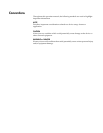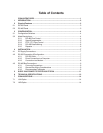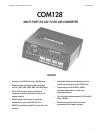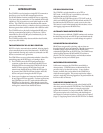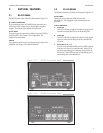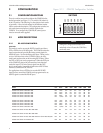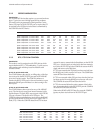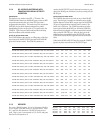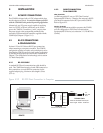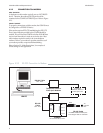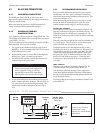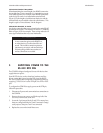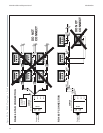
COM128 Installation and Operation Manual Schneider Electric
5
3.2.2 SPEED COMPENSATION
APPLICATION
For use with DCE devices that require very accurate baud rate
input. Typical uses are with high speed dial up modems.
This mode can be programmed to either ignore the Carrier
Detect (CD) input of its RS-232 DTE port or require that CD
be asserted by the DCE device before data is transmitted by
the COM128 to the DCE device.
3.2.3 RTS / CTS FLOW CONTROL
APPLICATION
This mode is used in conjunction with DCE devices which
require hardware RTS / CTS handshaking. Typical uses are
radio modems and multi-drop lease line modems with
switched carriers.
RS-232 TO RS-485 DATA FLOW
The COM128 detects the start bit, or falling edge, of the first
byte received by the RS-232 DTE port and sets all 4 RS-485
ports into Transmit mode. The COM128 continues to
monitor the RS-232 DTE port for data and continues to pass
data to the RS-485 port until there is no data coming in the
RS-232 port.
RS-485 TO RS-232 DATA FLOW
The COM128 detects data received on any of the 4 RS-485
ports. The first byte is stored in an internal memory buffer
and the Request To Send (RTS) output signal of the DTE RS-
232 port is asserted. The buffer size is 256 bytes. The
COM128 continues to buffer bytes received from the RS-485
port and scans the RS-232 DTE ports' input signal Clear To
Send (CTS). When the COM128 detects that CTS has been
asserted it starts to transmit the buffered data out the RS-232
DTE port. After the last byte in the buffer has been transmit-
ted out the RS-232 DTE port the COM128 de-asserts the RTS
signal and returns to the Idle State.
If CTS is not asserted after 256 bytes have been received from
the RS-485 port a buffer overflow will occur. The COM128 de-
asserts RTS and clears the buffer.
If CTS is not asserted within 256 byte times after the first byte
has been received from the RS-485 port a time-out will occur.
The COM128 de-asserts RTS and clears the buffer.
If CTS is de-asserted before the entire contents of the buffer
have been transmitted out the RS-232 DTE port the COM128
de-asserts RTS and clears the buffer.
When in the RS-485 to RS-232 Data flow state the COM128
ignores any data received from its' RS-232 DTE port.
Mode Port Baud SW1 SW2 SW3 SW4 SW5 SW6
RTS / CTS Flow control DTE 1200 ON OFF OFF OFF OFF OFF
RTS / CTS Flow control DTE 2400 OFF ON OFF OFF OFF OFF
RTS / CTS Flow control DTE 4800 ON ON OFF OFF OFF OFF
RTS / CTS Flow control DTE 9600 OFF OFF ON OFF OFF OFF
RTS / CTS Flow control DTE 19,200 ON OFF ON OFF OFF OFF
Mode Port Baud SW1 SW2 SW3 SW4 SW5 SW6
Speed Compensation w/o Carrier Detect DTE 1200 OFF ON ON OFF OFF OFF
Speed Compensation w/o Carrier Detect DTE 2400 ON ON ON OFF OFF OFF
Speed Compensation w/o Carrier Detect DTE 4800 OFF OFF OFF ON OFF OFF
Speed Compensation w/o Carrier Detect DTE 9600 ON OFF OFF ON OFF OFF
Speed Compensation w/o Carrier Detect DTE 19,200 OFF ON OFF ON OFF OFF
Speed Compensation with Carrier Detect DTE 1200 ON ON OFF ON OFF OFF
Speed Compensation with Carrier Detect DTE 2400 OFF OFF ON ON OFF OFF
Speed Compensation with Carrier Detect DTE 4800 ON OFF ON ON OFF OFF
Speed Compensation with Carrier Detect DTE 9600 OFF ON ON ON OFF OFF
Speed Compensation with Carrier Detect DTE 19,200 ON ON ON ON OFF OFF





